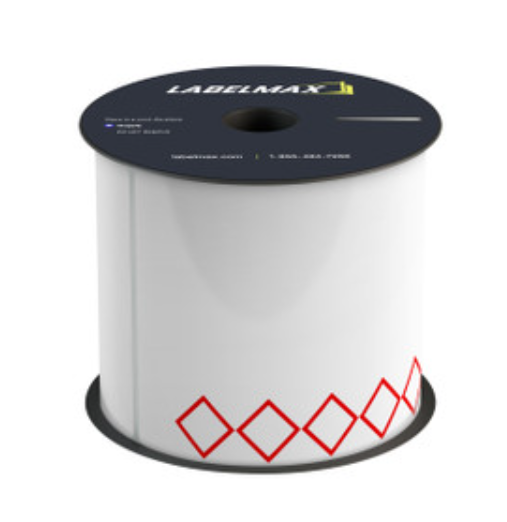If you’re working with chemicals in any setting—whether it’s a lab, factory, warehouse, or job site—then you’ve probably seen or used GHS labels. These labels aren’t just for show. They’re a crucial part of global efforts to keep people safe around hazardous substances.
In this blog, we’ll break down what GHS labels are, what goes on them, and why they matter. Whether you’re labeling containers or reviewing safety data sheets, this guide will help make sense of how GHS labeling works and how it helps avoid serious accidents.
What Are GHS Labels?
GHS stands for Globally Harmonized System of Classification and Labelling of Chemicals. It’s a worldwide standard created to make chemical labeling consistent and easy to understand—no matter where you are or what language you speak.
Before GHS was introduced, countries had their own ways of labeling dangerous substances. That caused confusion, increased the risk of accidents, and made international shipping more difficult. GHS solves that by using a shared system of symbols, warnings, and signal words that everyone recognizes.
Why GHS Labels Matter
When labels are unclear, people get hurt. Misidentifying a chemical or ignoring proper handling procedures can lead to fires, poisonings, respiratory problems, or chemical burns. Proper labeling helps prevent that.
Here’s why GHS labels are a must:
- Quick hazard recognition
Workers can see the type of danger at a glance—flammable, corrosive, toxic, etc. - Consistency across borders
No confusion when products are imported or exported internationally. - Supports training
Easier for employers to teach safety when everyone follows the same format. - Legal compliance
Helps meet safety standards enforced by governments and international bodies.
Where GHS Labels Are Used
You’ll find GHS labels in nearly every industry that works with chemicals. Some common places include:
- Manufacturing plants
For labeling raw materials, solvents, and cleaning agents. - Laboratories
To mark chemical containers and ensure safe storage. - Construction sites
On adhesives, paints, fuels, and coatings. - Warehouses and logistics centers
For packaged chemicals being shipped or stored.
These labels go directly on containers, drums, bottles, and even secondary containers like spray bottles used on-site.
Final Thoughts
GHS labels are more than just a safety rule—they’re a life-saving tool. They provide clear, consistent warnings that anyone can understand, helping to prevent injuries, illness, and even disasters.
Whether you’re managing a small storage area or overseeing a large industrial site, taking the time to use the correct labels is always worth it. And with global standards in place, you can be confident that your labels communicate the right message—wherever your products go.













Leave a Reply